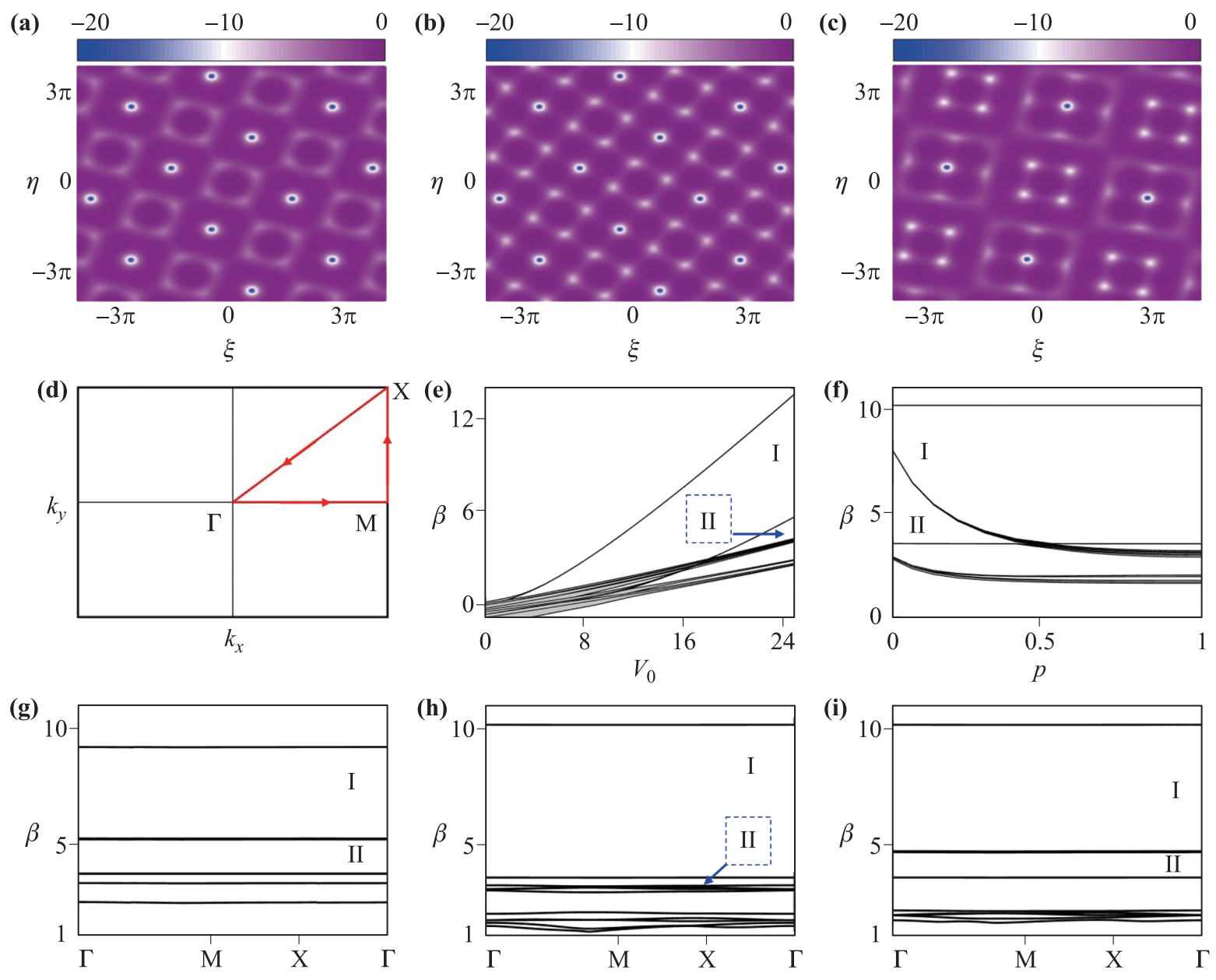Electromagnetically induced transparency (EIT) effect is normally originated from a quantum interference occurring in three-level atomic systems and it is one of the important research objects in quantum optics. The EIT effect can provide a narrowband transparency window within a wide absorption spectrum, which has promising applications in light storage, communications and computations in both classic and quantum ranges.
Very recently, a novel structure called moire patterns has been proposed, which is a man-made two-dimensional (2D) twisted structure of two identical periodic structures overlapped in a twisted angle. And their exotic optical properties have been widely investigated in both theoretical and experimental ways, which has exhibited an excellent ability for controlling the light propagation.
However, the fabrication of the moire patterns in the gaseous medium is still a challenge. Therefore, a new type of structure is in urgent demand to further prompt the development of EIT generated from man-made structures.
A research team led by Prof. Dr. ZENG Jianhua from Xi'an Institute of Optics and Precision Mechanics (XIOPM) of the Chinese Academy of Sciences (CAS) proposed a novel approach for generating EIT by moire optical lattices in a coherent atomic gas. The results were published in FRONTIERS OF PHYSICS.
According to the researchers, their theoretical bases for the proposed approaches to generate the EIT effect are related to the three-level Λ-type coherent atomic ensemble, which is a feasible method that can be experimentally implemented by the current conditions of realistic physical systems.
In their numerical simulation, the plane wave expansion was adopted to solve the eigenvalue problem. Moreover, due to the spatial periodic features of the proposed structure, the periodic boundary condition was also applied based on the Bloch theory.
In conclusion, a novel approach for generating EIT by moire lattice was proposed, and the simulation results indicated that the lattice depth, twisted angle, and strength contrast were all have great influences on the shapes and the band-gap structures of the resulting moire lattice.
The remarkable performances make the proposed approach feasible application because it can be realized by the current conditions of physical systems.
This work was supported by the National Natural Science Foundation of China (Grant Nos. 11704066, 12074423, 12074063), and the Jiangxi Provincial Natural Science Foundation (Grant No. 20202BABL211013).

Contour shapes of the electromagnetically induced moire optical lattice potentials. (Image by XIOPM)


